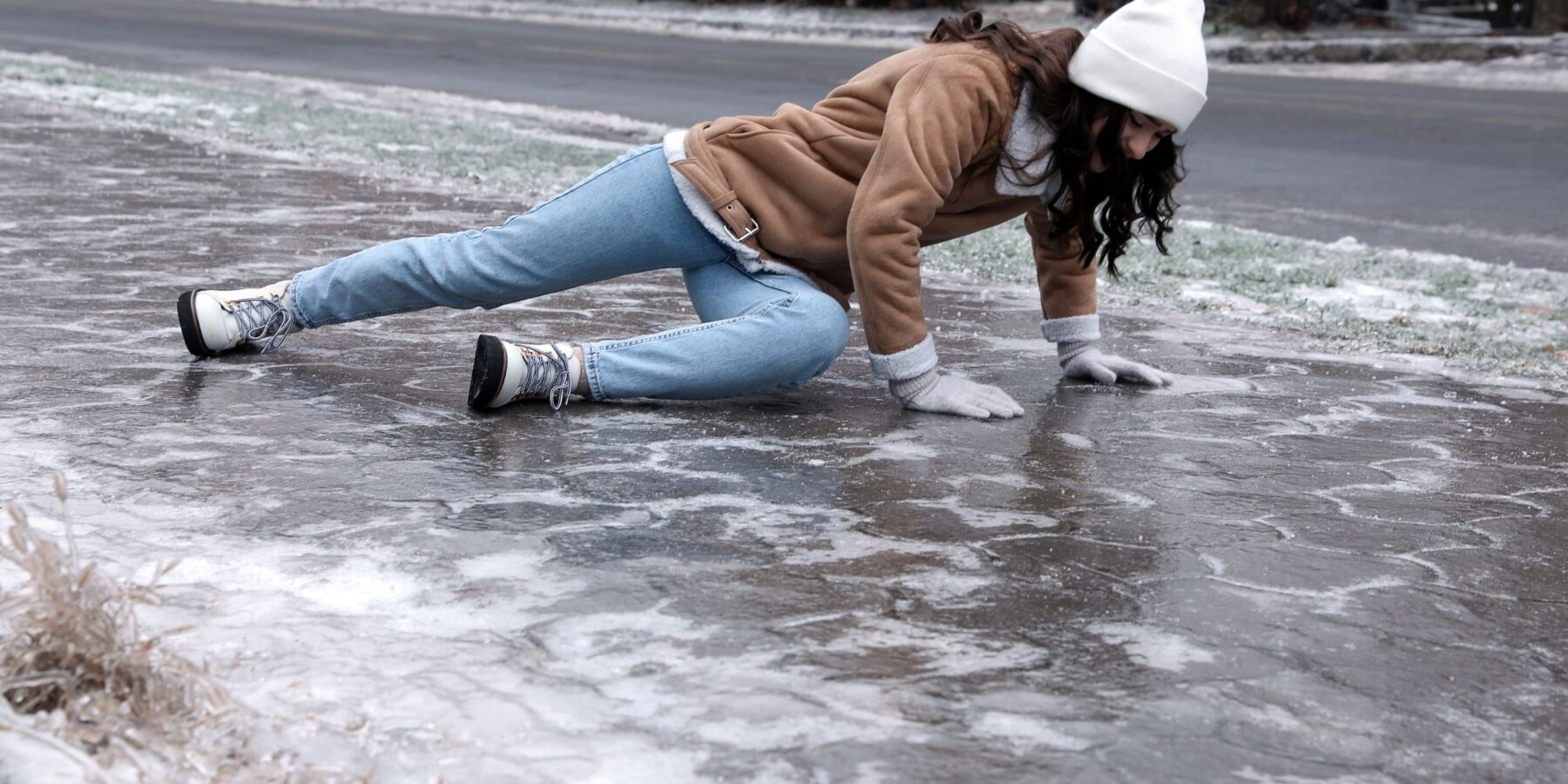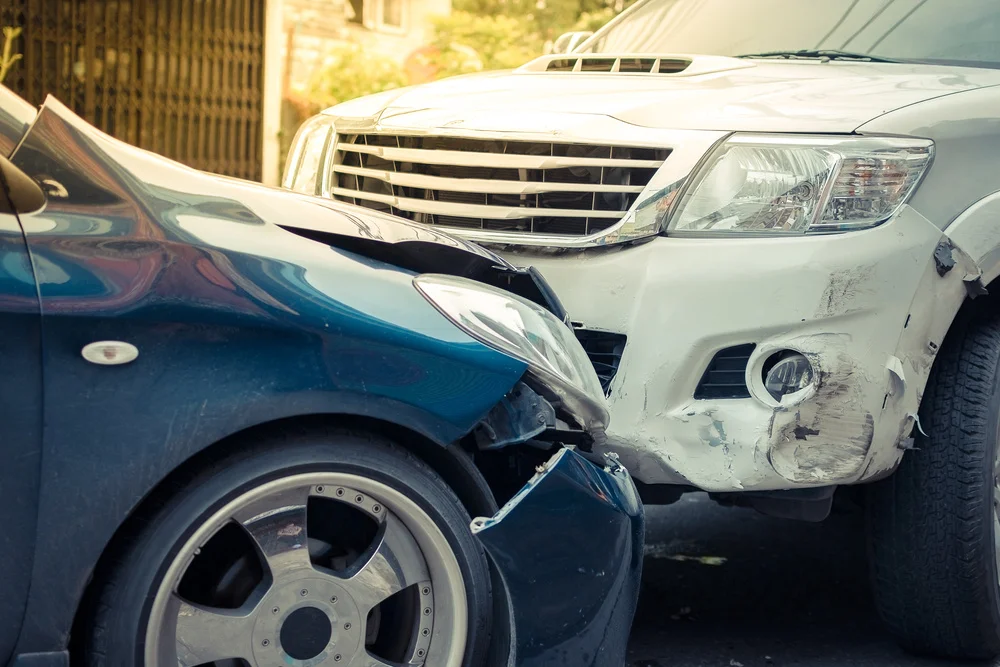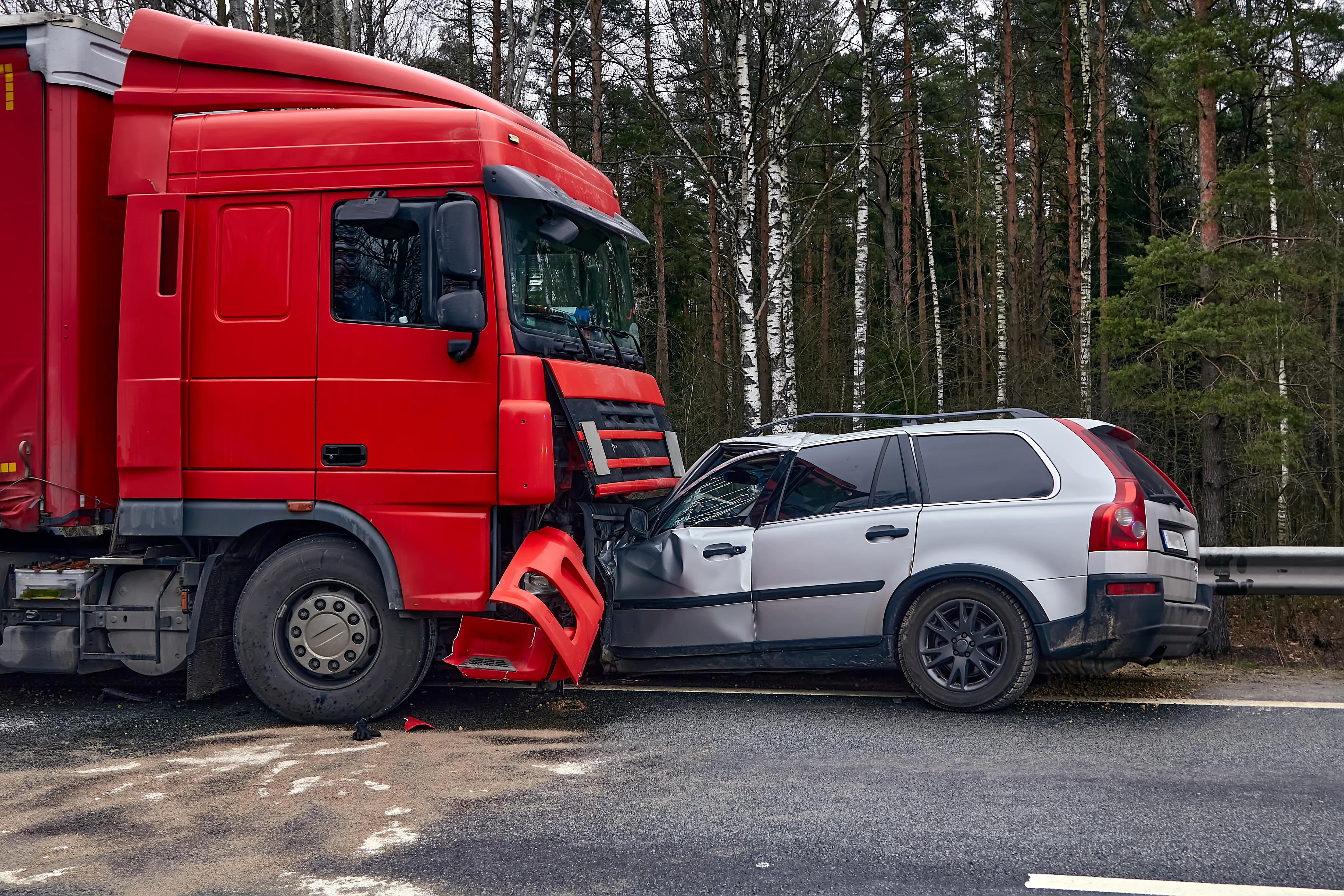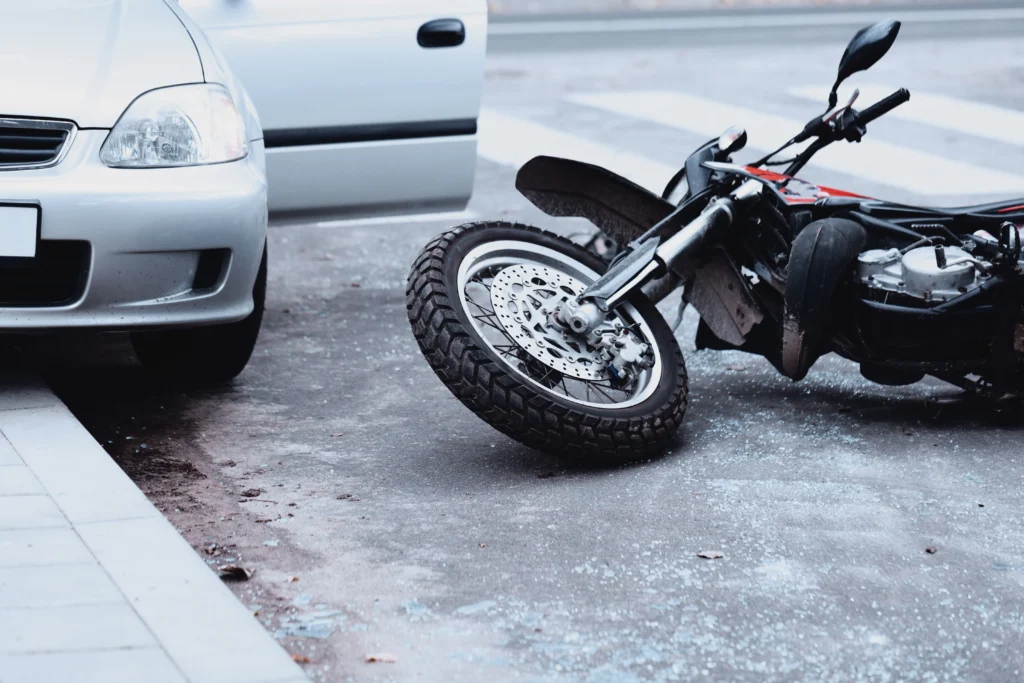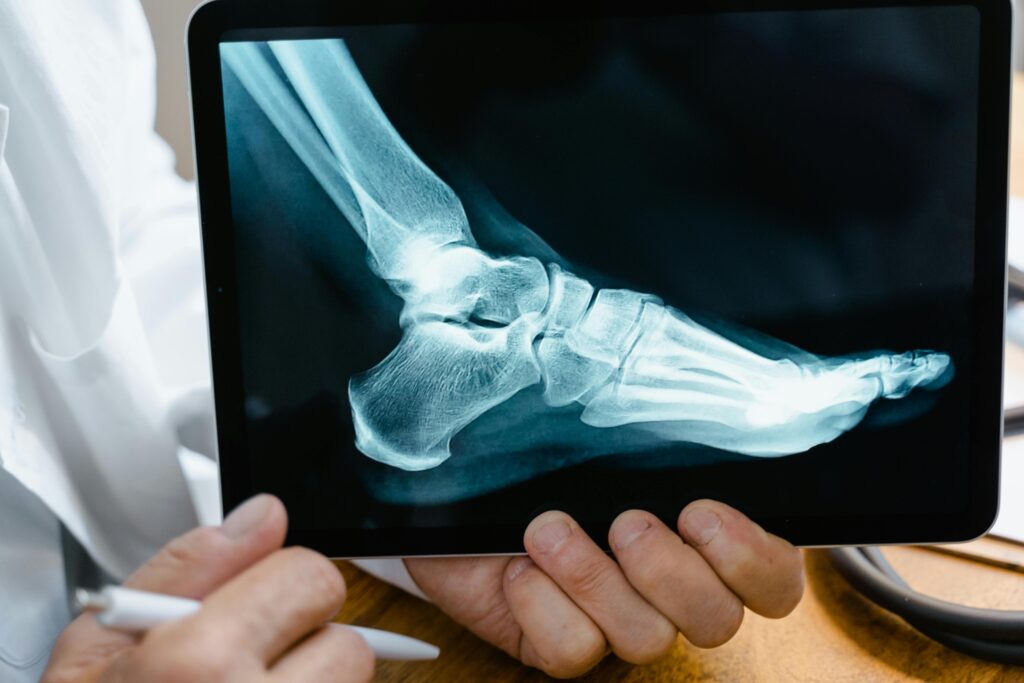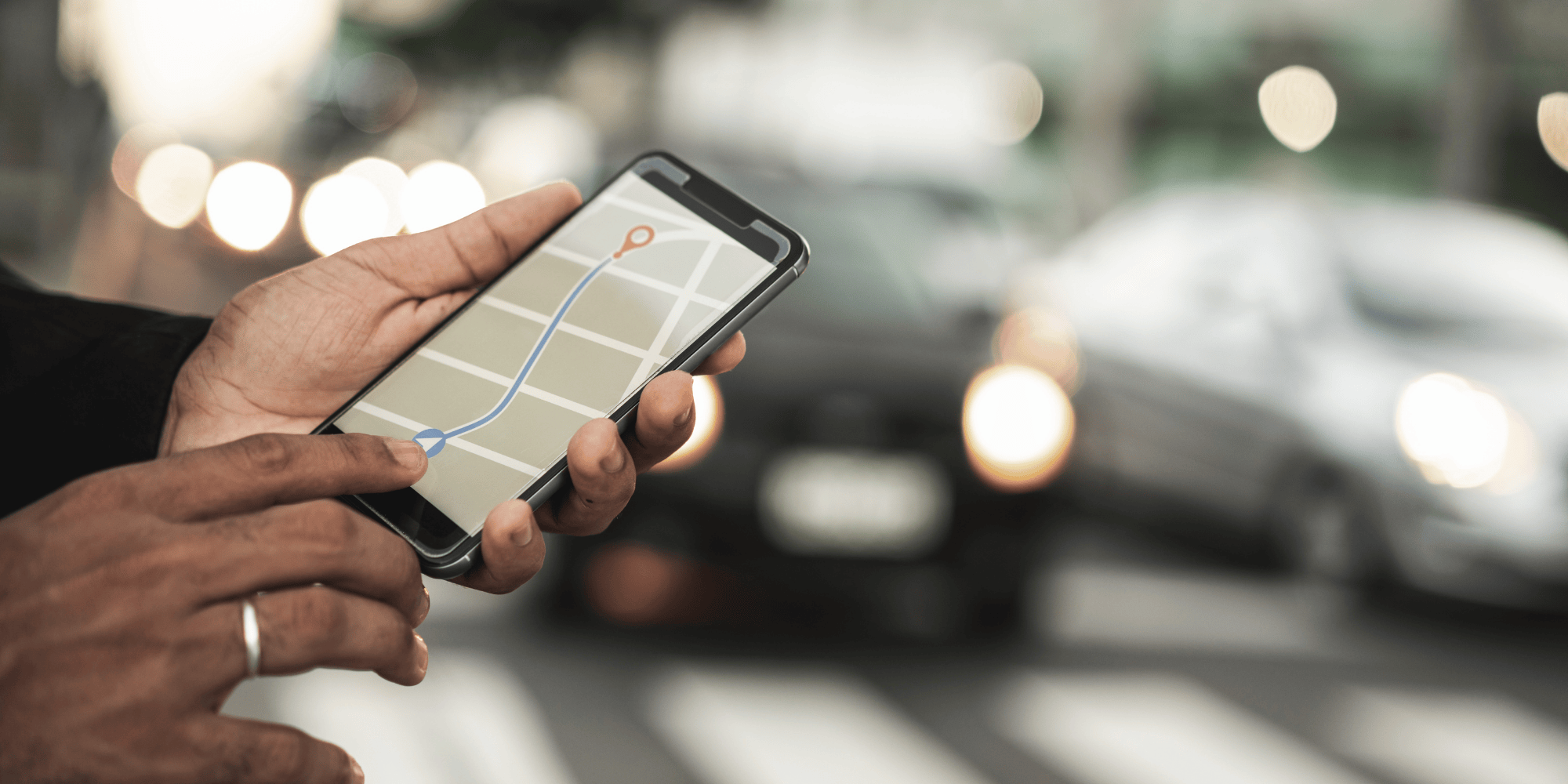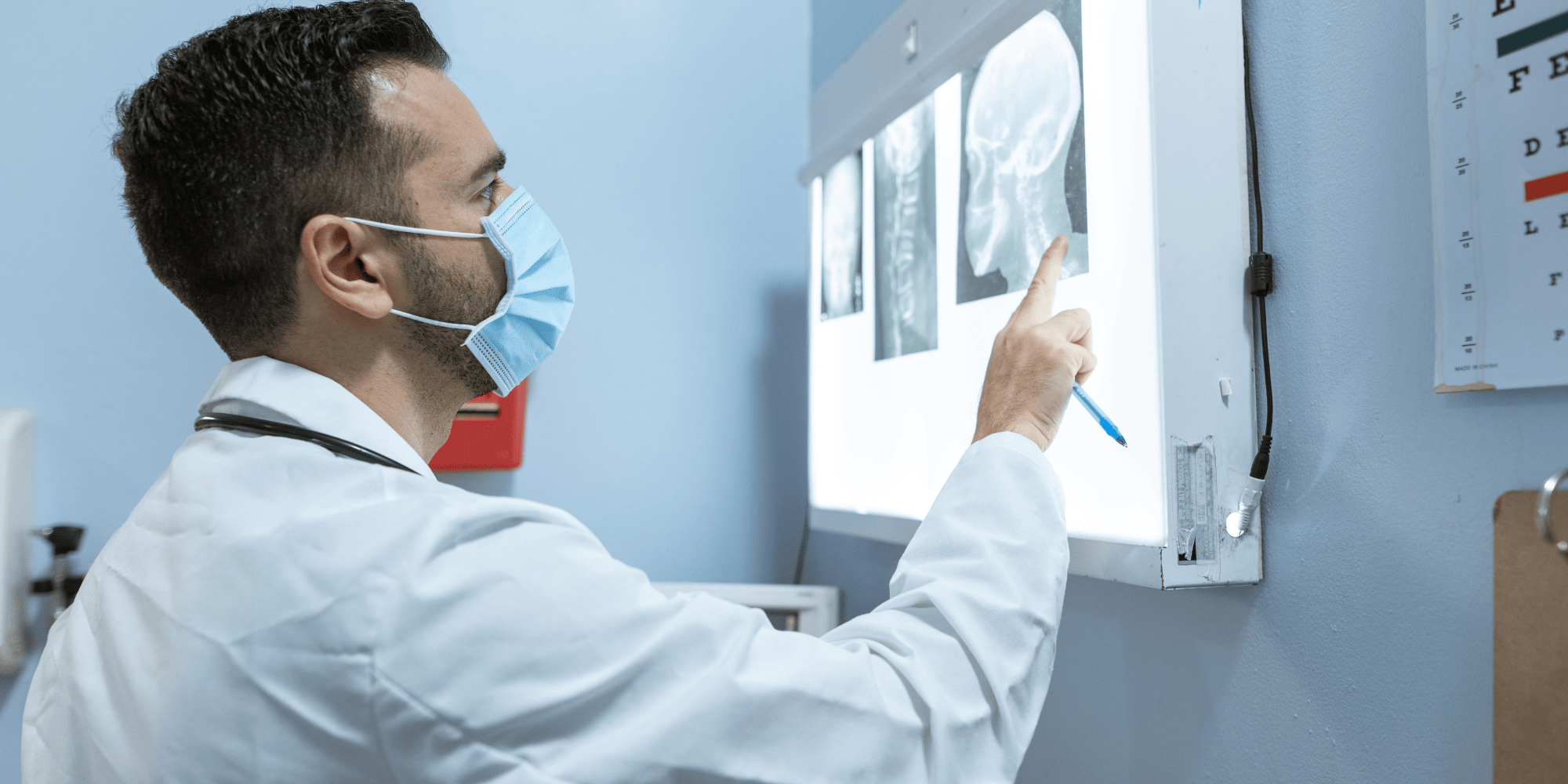What to Know About Slip and Fall Accidents in Colorado Springs
Slip and fall accidents in Colorado Springs happen more often than most people realize, and they can lead to devastating injuries that disrupt every aspect of life. From icy sidewalks outside shopping centers to slick floors in grocery stores, these accidents are frequently caused by property owners’ negligence. When a business or landlord fails to address hazardous conditions, injured victims have the right to seek legal compensation.
At the Law Office of Jordan S. Levine, we help clients in Colorado Springs hold negligent property owners accountable. If you’ve suffered a serious fall injury, our legal team can guide you through the process of filing a claim and recovering the financial support you need for medical care, lost income, and pain and suffering.
You don’t have to face this alone. Call (303) 835-4910 or visit our contact page to schedule a free consultation today.
Common Causes of Slip and Fall Accidents in Colorado Springs
Slip and fall accidents happen every day in Colorado Springs, and in most cases, they could have been prevented. These incidents often occur on commercial properties, rental housing, and public walkways due to unsafe conditions that property owners failed to correct. Colorado law requires owners and managers to maintain safe premises. When they don’t, they can be held legally responsible for resulting injuries.
Wet Floors in Commercial Properties
Slippery surfaces are a leading cause of fall-related injuries in Colorado Springs, particularly in places where liquids are frequently spilled or floors are cleaned without warning.
Grocery Stores and Supermarkets
Falls in grocery stores often happen due to spills that go unattended or when refrigeration units leak onto tiled floors. Customers may walk into an aisle unaware that the surface is wet, only to slip and crash onto the floor. These falls can lead to broken hips, wrist fractures, or concussions, particularly in older adults. When store employees fail to post visible warning signs or cordon off a hazard, the business may be liable under premises liability law. According to the CDC, slip injuries in retail environments are a persistent public health concern and often result in serious hospitalization.
Restaurants and Cafés
Dining establishments pose similar risks, especially when drinks are spilled or food is dropped. In fast-paced kitchens, grease and moisture can quickly accumulate on the floor. Patrons and servers are both at risk of slipping if the floor isn’t promptly cleaned or marked with caution signage. Many Colorado Springs restaurants have hard tile floors that become even more dangerous when wet, increasing the risk of head trauma or spinal injuries during a fall.
Ice and Snow on Sidewalks and Parking Lots
During the winter months, snow and ice significantly increase the risk of slip and fall accidents throughout Colorado Springs. Property owners have a legal duty to remove snow and ice in a timely manner.
Black Ice in Commercial Parking Lots
Black ice is nearly invisible and forms when daytime melting re-freezes overnight. Shoppers and workers entering parking lots in the early morning are often unaware of the danger. These thin layers of ice are particularly hazardous in sloped or unshaded areas. Falls on black ice can lead to fractured wrists, torn ligaments, or even traumatic brain injuries if the head strikes pavement. The National Weather Service emphasizes the importance of early de-icing to prevent accidents in commercial and public spaces.
Uncleared Sidewalks Outside Apartments or Stores
Apartment landlords and store managers are responsible for maintaining adjacent sidewalks. After snowfall, failure to shovel and treat icy surfaces within a reasonable timeframe creates dangerous conditions for pedestrians. These types of falls can result in serious orthopedic injuries, especially among seniors or individuals with mobility issues. In Colorado Springs, heavy snowfall can accumulate quickly, and property owners must respond appropriately to minimize liability.
Flooring Hazards Inside Buildings
Slip and trip risks also exist indoors, where poor maintenance and aging infrastructure create unsafe walking conditions for residents, visitors, and employees.
Uneven Tiles and Loose Floorboards
In many older buildings and commercial spaces, uneven tiles or warped wood flooring go unrepaired for years. These flooring defects can catch the toe of a shoe and cause the walker to trip forward. In sudden, unexpected falls like these, injuries to the face, hands, and knees are common. If a property owner knows about the problem and fails to fix it, they can be held liable for resulting damages under Colorado’s premises liability statutes.
Frayed Carpeting and Slippery Rugs
Loose, rippled, or frayed carpeting can easily snag the foot of a passerby. Rugs that slide on polished hardwood floors are another major hazard. These flooring issues are especially dangerous in rental properties, medical offices, and hotel lobbies where foot traffic is constant. According to the National Institute on Aging, floor coverings that are not properly secured or maintained are among the top environmental causes of fall injuries in adults over 65.
Inadequate Lighting in Stairwells and Corridors
Poor lighting makes it difficult to spot hazards, particularly in buildings with stairs or complex floor layouts. A dim hallway or dark stairwell can turn a minor defect into a serious danger.
Dark or Poorly Lit Staircases
Falls on stairs frequently result in the most severe injuries, such as spinal cord damage or traumatic brain injuries. When stairwells lack proper lighting, visitors may miss steps entirely or misjudge their footing. Property owners are responsible for ensuring all bulbs are functional and stair lighting meets safety code standards. Poor visibility dramatically increases the risk of falling, particularly for children, elderly visitors, and those unfamiliar with the premises.
Broken or Missing Handrails
Handrails are essential for balance and support on stairways. If a handrail is broken, missing, or loose, the property becomes significantly more dangerous for anyone ascending or descending the steps. Without this support, a person who slips or trips may fall multiple steps without being able to stop their momentum. Handrail failures are common in apartment staircases, outdoor platforms, and commercial fire escapes, and they represent clear negligence when not promptly repaired.
Obstructions and Cluttered Walkways
When walkways are obstructed by merchandise, equipment, or debris, the risk of tripping increases dramatically. These hazards are especially common in retail environments, storage facilities, and office buildings.
Store Displays and Floor-Level Merchandise
Many retail stores in Colorado Springs crowd aisles with sale displays, boxes, or clothing racks to maximize product exposure. Unfortunately, this clutter often limits visibility and walking space. When merchandise protrudes into walkways or blocks natural footpaths, customers can easily trip and suffer injury. Retailers who prioritize sales over customer safety can be held accountable for injuries that result from poor floor layout. OSHA guidelines recommend keeping all walkways clear of obstructions to reduce injury risks in commercial spaces.
Extension Cords and Electrical Wires
Temporary wiring or power cords across walkways are a frequent cause of indoor trip accidents. This issue commonly arises in office settings, schools, and event spaces. If cords are not taped down or routed properly, visitors may trip and fall, often suffering wrist or elbow fractures as they try to catch themselves. Businesses must use cable covers or reroute wires to prevent dangerous foot traffic interference.
Types of Injuries Caused by Slip and Fall Accidents in Colorado Springs
Slip and fall accidents often result in serious physical harm, particularly when they involve hard surfaces like concrete, tile, or ice. While some victims walk away with minor bruises, many others suffer injuries that require surgery, rehabilitation, or long-term care. In Colorado Springs, fall-related injuries are among the leading causes of emergency room visits, especially for older adults, workers, and retail customers. Understanding the specific types of injuries helps establish the true impact of a fall and supports claims for appropriate compensation.
Broken Bones and Fractures
Fractures are among the most common and painful injuries sustained in Colorado Springs slip and fall accidents. The force of the fall, combined with the instinct to catch oneself, often leads to broken bones in the arms, legs, or hips.
Hip Fractures in Older Adults
Hip fractures are especially common among seniors and are often life-altering. A single fall can result in a broken hip that requires surgery, extended hospitalization, and long-term physical therapy. According to the CDC, more than 300,000 older adults are hospitalized for hip fractures each year in the U.S., most of them caused by falls.
Wrist, Arm, and Shoulder Fractures
When people try to break their fall, they often land on outstretched arms, resulting in fractures to the wrist, forearm, or collarbone. These injuries can require casting, surgical fixation, or even joint replacement in severe cases. Recovery time may span weeks or months, during which the victim is unable to work or perform daily tasks.
Ankle and Foot Fractures
Slipping on ice or tile flooring can cause an ankle to twist awkwardly, resulting in painful fractures or ligament tears. These injuries often require surgery and can severely limit mobility during recovery, making it difficult to return to work or care for family members.
Head Injuries and Traumatic Brain Injuries (TBIs)
Head trauma is a major concern in any slip and fall accident. A person who hits their head on concrete, tile, or metal may suffer from a concussion or a more serious traumatic brain injury (TBI).
Concussions and Mild TBIs
Even a minor fall can cause the brain to jolt inside the skull, resulting in a concussion. Symptoms may include dizziness, blurred vision, nausea, headaches, or memory issues. These signs may not appear immediately, which is why medical evaluation after any head strike is essential. The Mayo Clinic emphasizes the importance of early diagnosis and monitoring, as untreated concussions can have long-term cognitive consequences.
Skull Fractures and Brain Bleeds
In more serious falls, victims may experience a skull fracture or internal bleeding in the brain, such as a subdural hematoma. These injuries are medical emergencies that require hospitalization and potentially life-saving surgery. Victims may suffer permanent cognitive or physical impairments as a result.
Back, Neck, and Spinal Cord Injuries
Falls involving stairs, platforms, or slick outdoor walkways often result in serious damage to the spine. These injuries are among the most painful and disabling.
Herniated Discs and Spinal Compression
The impact of a fall can cause spinal discs to bulge or rupture, placing pressure on nearby nerves. Victims often report shooting pain, numbness, or muscle weakness in the arms or legs. These conditions may require physical therapy, steroid injections, or even spinal fusion surgery. The Cleveland Clinic outlines treatment options for herniated discs, noting that falls are a common cause of these injuries.
Whiplash and Soft Tissue Damage
Sudden jerking or twisting during a fall can strain the muscles, tendons, and ligaments in the neck or back. This type of soft tissue damage often leads to chronic pain, limited mobility, and ongoing treatment needs such as chiropractic care or physical therapy.
Spinal Cord Trauma and Paralysis
In the most severe cases, a slip and fall accident may cause spinal cord damage, potentially leading to partial or full paralysis. These injuries require emergency surgery and long-term care, including adaptive home modifications, assistive technology, and vocational retraining.
Soft Tissue Injuries and Internal Damage
Not all injuries from a fall are visible. Many victims suffer internal harm that isn’t immediately obvious but can cause lasting complications.
Sprains and Ligament Tears
Twisted ankles, hyperextended knees, or torn ligaments can result from even a low-height fall. These soft tissue injuries are extremely painful and may require surgery, bracing, or months of rehabilitation.
Organ Damage or Internal Bleeding
Falling onto hard surfaces can lead to blunt abdominal trauma, resulting in bruised or ruptured organs. Symptoms like abdominal pain, dizziness, or nausea may indicate internal bleeding, a condition that requires urgent medical evaluation. The National Library of Medicine warns that internal bleeding can be fatal if left untreated.
Facial Injuries and Dental Trauma
Falling face-first onto a hard surface can result in disfigurement, broken teeth, or serious eye damage. These injuries not only cause physical pain but also emotional and psychological distress.
Dental Injuries and Broken Jaws
Impacts to the face often result in cracked or missing teeth, which require immediate dental care or implants. In some cases, the jaw may be fractured, requiring surgical correction. These injuries can impair eating, speaking, and appearance, affecting the victim’s quality of life and self-esteem.
Eye Injuries and Vision Loss
A fall that causes orbital fractures or direct trauma to the eye can impair vision or result in partial blindness. Victims may need ongoing ophthalmologic care and experience permanent limitations in work and mobility.
Emotional and Psychological Trauma
Beyond physical pain, many slip and fall victims suffer from anxiety, depression, or PTSD-like symptoms, especially when the fall results in long-term disability or visible disfigurement.
Fear of Falling Again
Some victims, especially seniors, experience a persistent fear of falling that limits their willingness to walk or go outside. This fear can lead to social withdrawal, reduced independence, and worsening health conditions.
Depression and Anxiety
Living with chronic pain, mobility issues, or disfigurement can take a serious toll on mental health. Counseling, therapy, and medication are often necessary to help victims cope. Emotional trauma should be factored into any legal claim for non-economic damages.
Where Slip and Fall Accidents Commonly Happen in Colorado Springs
Slip and fall accidents can happen almost anywhere, from a downtown sidewalk to a hospital hallway. In Colorado Springs, these incidents frequently occur in locations where property owners or managers fail to maintain safe conditions or ignore known hazards. Recognizing the most common sites of slip and fall accidents is essential for identifying liable parties and building a strong premises liability case.
Grocery Stores and Big-Box Retailers
Large retail chains and supermarkets see heavy foot traffic and frequent floor hazards, making them prime locations for slip and fall incidents.
Spills and Slippery Surfaces in Grocery Stores
Supermarkets like King Soopers, Safeway, and Trader Joe’s regularly deal with spills in aisles, especially near produce, deli, or frozen food sections. When store staff fail to clean up or post warning signs in a timely manner, shoppers are exposed to serious injury risks. According to the CDC’s food industry safety guidance, proactive floor monitoring is essential in preventing customer falls.
Obstructed Walkways at Warehouse Stores
Big-box retailers such as Walmart, Costco, and Sam’s Club often stack merchandise in aisles or leave pallets near high-traffic zones. This clutter can create tripping hazards for customers pushing carts or carrying goods. If stores fail to provide clear, unobstructed paths, they may be held liable for resulting injuries.
Apartment Complexes and Rental Housing
Landlords have a legal obligation to ensure safe conditions for tenants and visitors in and around their rental properties.
Icy Stairwells and Entryways
In Colorado Springs, apartment complexes that neglect snow removal or fail to apply salt to icy stairs can create deadly conditions. Falls on icy exterior steps often lead to concussions, broken hips, or spinal injuries. Under Colorado premises liability law, landlords must take “reasonable care” to keep common areas safe, particularly after snowstorms.
Broken Flooring and Loose Carpets in Units
Inside the apartments themselves, warped floors, unsecured carpets, and missing transition strips between rooms frequently cause tripping accidents. When tenants report these issues and the landlord delays repairs, the owner may be fully responsible for any resulting injuries.
Hotels and Lodging Facilities
Tourists visiting Garden of the Gods or Pikes Peak often stay in local hotels, where poorly maintained walkways and amenities create fall hazards.
Slippery Bathroom Floors and Missing Mats
Hotel bathrooms are a common location for slip and falls, especially when water spills onto tile floors and management fails to provide non-slip mats. Falls in these settings can result in head trauma, broken ribs, or even drowning in extreme cases. The American Hotel & Lodging Association (AHLA) advises hoteliers to conduct routine room safety checks to prevent accidents.
Poor Lighting in Hallways and Staircases
Dim hotel corridors, unlit stairwells, and poorly maintained elevators pose serious risks to guests unfamiliar with the layout. A single misstep in a dark hallway can lead to serious orthopedic or spinal injuries, all due to poor lighting or building code violations.
Office Buildings and Commercial Properties
Workplaces must meet strict safety standards to protect employees, clients, and visitors. Unfortunately, many business owners fall short in this responsibility.
Uneven Flooring and Unsecured Cables
In professional offices, trips often happen because of frayed carpet edges, uneven tiles, or electrical cords running across floors. Businesses are responsible for securing all cabling and promptly repairing damaged flooring. OSHA’s slip, trip, and fall prevention standards require employers to correct walking hazards in the workplace to avoid injuries.
Wet Lobby Floors and Cleaning Oversights
Commercial building lobbies are frequently cleaned or waxed, especially during winter when snow is tracked indoors. Without caution signs, employees and guests may slip and fall near entrances or elevators. These incidents are especially dangerous for elderly visitors or clients with mobility aids.
Hospitals, Clinics, and Medical Offices
Medical facilities are not immune to fall hazards; in fact, the injured and elderly populations they serve are more vulnerable than the general public.
Wet Surfaces and Floor Equipment in Hospitals
Hospital hallways often feature wet floors from cleaning, leaks, or spills. Combined with rolling beds, carts, and IV equipment, these slick surfaces can lead to falls that aggravate existing injuries. The Agency for Healthcare Research and Quality (AHRQ) stresses the importance of fall prevention protocols in healthcare settings.
Nursing Home Slip Hazards
Assisted living centers and long-term care facilities must take heightened precautions to prevent resident falls, which are often fatal or permanently disabling. Failure to supervise residents, install grab bars, or clean spills can result in facility liability. According to the National Institute on Aging, falls are a leading cause of injury-related deaths among adults aged 65 and older.
Public Sidewalks and Municipal Property
City-maintained walkways, parks, and transit centers must also be kept in reasonably safe condition for public use.
Cracked Sidewalks and Uplifted Pavement
Sidewalks throughout Colorado Springs, especially near Old Colorado City and downtown, are often uneven due to age or tree root damage. If the city fails to repair broken concrete or mark hazards, it may be held accountable under the Colorado Governmental Immunity Act. Claims against public entities require fast legal action due to strict deadlines.
Ice Accumulation at Bus Stops and Train Platforms
The Mountain Metropolitan Transit system operates numerous stops and platforms around the city. During winter, these areas can become dangerously slick with snow or ice. Municipal transit authorities are responsible for applying salt and ensuring safe access for commuters, especially those with disabilities.
Get Legal Help After a Colorado Springs Slip and Fall Accident
A slip and fall accident can change your life in an instant. Whether you suffered a broken hip on an icy sidewalk, a concussion in a grocery store, or a serious back injury on a poorly lit staircase, you deserve answers, accountability, and compensation. These accidents are often preventable, and you shouldn’t have to bear the consequences of someone else’s negligence alone.
At the Law Office of Jordan S. Levine, we help victims of Colorado Springs slip and fall accidents hold property owners accountable. Our legal team thoroughly investigates each case, gathers evidence, and builds powerful claims for medical bills, lost wages, long-term care, and pain and suffering. We understand the challenges you’re facing, and we fight aggressively to protect your rights.
We work on a contingency fee basis, which means you pay nothing unless we win your case. If you or someone you love has been hurt in a Colorado Springs slip and fall accident, don’t wait.
Call (303) 835-4910 today or contact us online to schedule your free consultation.
Practice Areas
Trust Levine LawWith Your Personal Injury Claim
If you or a loved one have been injured, Levine Law will fight for you every step of the way. We will give our all to secure the compensation you rightfully deserve.
Contact usfor a free consultation.
Phone: (303) 951-4810
